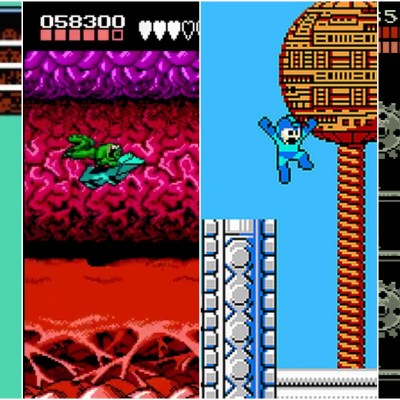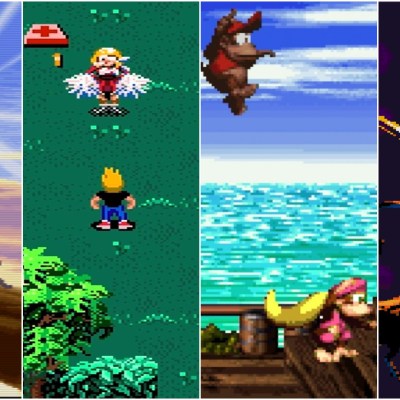Every Nintendo Console Ranked From Worst to Best
Join us for a look back at Nintendo's best home and handheld consoles as well as a few words about the Virtual Boy.
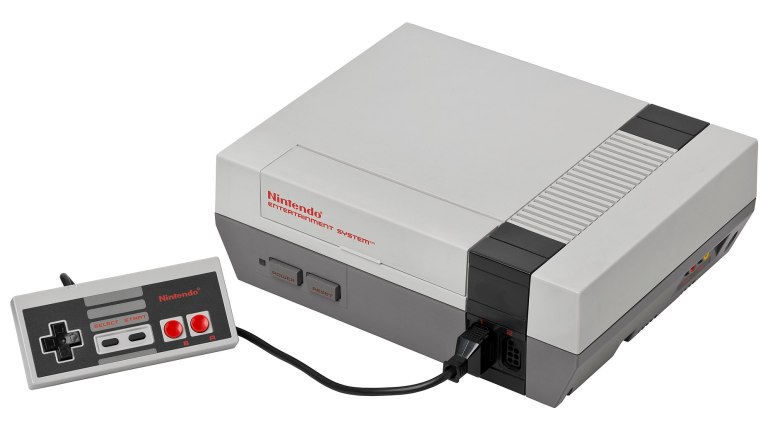
There are some who believe that the best Nintendo console is the first one you ever owned. It’s an idea that speaks to the mark Nintendo has left on the industry and the way many of us feel the first time we experience the latest entry in one of their classic franchises. Your first Nintendo console truly is something special.
With that out of the way, let’s talk about which Nintendo console is actually the best. No, there’s no way to convince everyone that one Nintendo console is actually better than the rest, but we’re looking back at Nintendo’s history of both home and handheld console releases (minus some peripherals like the Game & Watch) to give a little love to your first Nintendo console (whatever it may have been) and also talk about the Virtual Boy.
While this ranking was heavily based on the quality of each console’s games (which is arguably a device’s most important factor in terms of its legacy), any potential ties were broken by hardware quality, longevity, and intangible features that elevated one console over another.
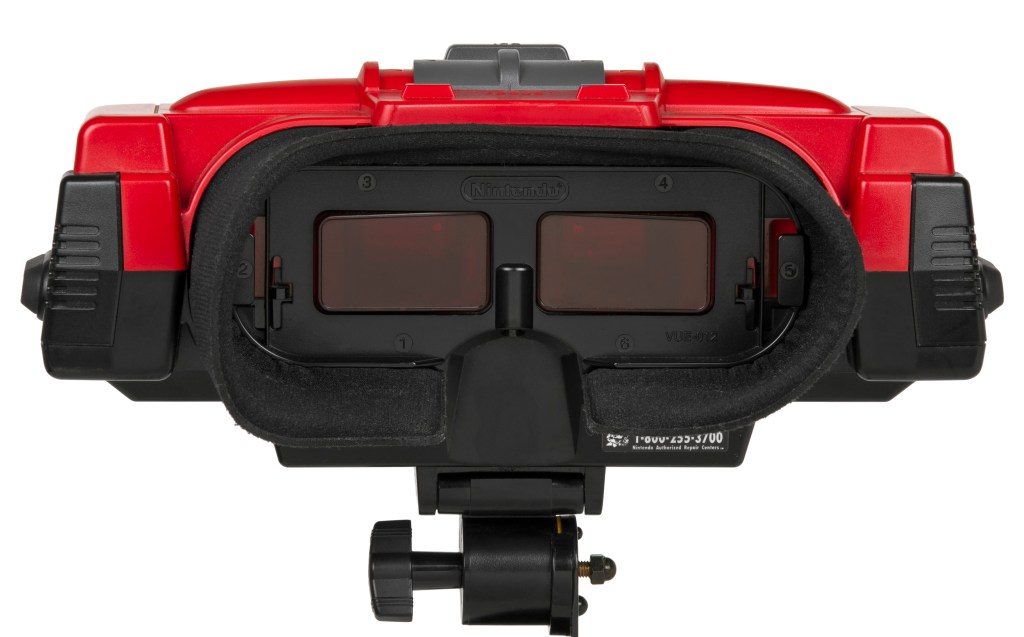
13. Nintendo Virtual Boy
Well, let’s get this out the way, shall we?
You have to give Nintendo credit for trying to make virtual reality happen in the ‘90s, but even if you accept that this console’s VR capabilities were always going to be limited (even for the time, much less compared to modern VR headsets), everything else about this device was a disaster. Its few “okay” games barely utilized its VR technology, and those games ambitious enough to explore that possibility were quite literally painful to play. It was also expensive enough to ensure that few people actually owned one, which was really for the best.
More importantly, the Virtual Boy is the one Nintendo console that doesn’t seem to generate any nostalgia beyond being a relic of a specific time. Much like the Ark of the Covenant, though, this relic could burn a hole through your eyes if you looked at it for too long.
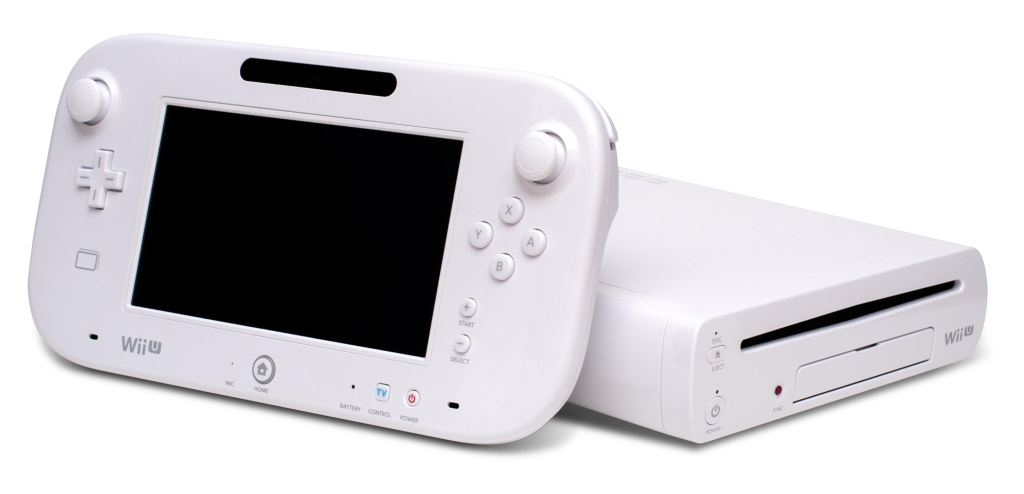
12. Nintendo Wii U
If it wasn’t for the Virtual Boy, it would be incredibly easy to name the Wii U the worst Nintendo console of all-time.
Right down to its name, the Wii U always felt like Nintendo’s half-hearted attempt to answer the question “What comes after the historically successful Nintendo Wii?” The idea of making a home console slightly more portable was a good one (just look at the Switch), but the actual Wii U tablet was a terribly designed peripheral that was often tough to enjoy even when you found a non-Nintendo developer that bothered to properly use it in the first place.
Yes, the Wii U had some truly incredible exclusives, but the fact that Nintendo couldn’t wait to port most of them to the Switch really tells you all you need to know about this console’s fundamental design failures.
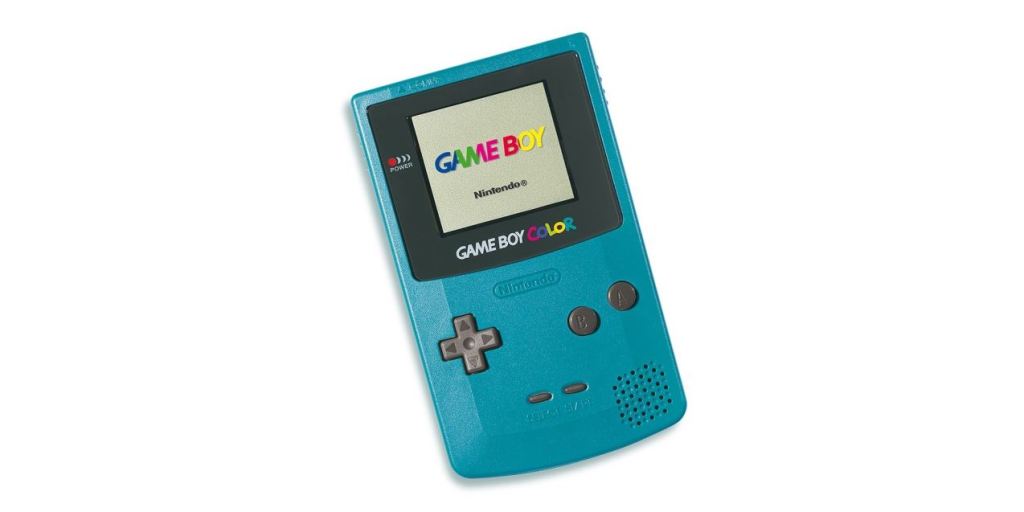
11. Game Boy Color
Despite its place on this list, I’d actually say this is the point when we’ll start talking about Nintendo devices that were at least worth owning. Actually, you probably either owned a Game Boy Color or you probably wished you could convince your parents to buy one.
So why is it so low? Much like the Wii U, the biggest problem here is that Nintendo and its development partners failed to really properly utilize the device’s core feature often enough. The list of true Game Boy Color exclusives is relatively small, meaning that many of us ended up using the Game Boy color to slightly enhance Game Boy games.
While that’s not necessarily a bad thing given the quality of the Game Boy library, the Game Boy Color still feels like a missed opportunity that ultimately bridged two more notable handheld releases.

10. Game Boy Advance
It’s hard to fault anyone who thinks about really bad lighting whenever they try to remember their time with the Game Boy Advance. Nintendo eventually corrected that issue with the Game Boy Advance SP, but you have to wonder what could have been had the GBA hardware been ready for primetime (or, more accurately, bright daylight) when it was released.
Of course, a big part of the reason why people wanted to be able to see the GBA screen a bit better was that the GBA had so many great games. The GBA could have justified its existence if it was just a portable SNES (which it sometimes was), but here was a device that strangely inspired some of the industry’s best developers to really push the limits of handheld game design and start to explore what was possible.
Honestly, you could probably swap the Game Boy Advance and the next entry on this list depending on what mood you’re in, but the Game Boy Advance’s surprisingly short lifespan ends up being the fact that earns it a slightly lower spot.

9. Nintendo 3DS
Ranking the Nintendo 3DS is difficult if for no other reason that than the fact it took a while for Nintendo to get the hardware right. Even then, the Nintendo 2DS is still one of the oddest pieces of strangely bitter “budget” device design this side of Apple. There’s also the matter of the handheld’s 3D technology which proved to be such a mixed bag that it’s honestly hard to blame anyone who never bothered to use it.
However, the 3DS’ game library is simply one of the best in Nintendo handheld history. The 3DS boasts some of the best Pokemon, Zelda, Metroid, and Animal Crossing games ever, as well as a surprisingly strong lineup of third-party titles.
It’s always been a little annoying that it’s so easy to recommend 3DS games but it’s been historically difficult to recommend the 3DS hardware itself. Still, Nintendo did eventually right this ship somewhat, which is more than you can say about some of their other devices.
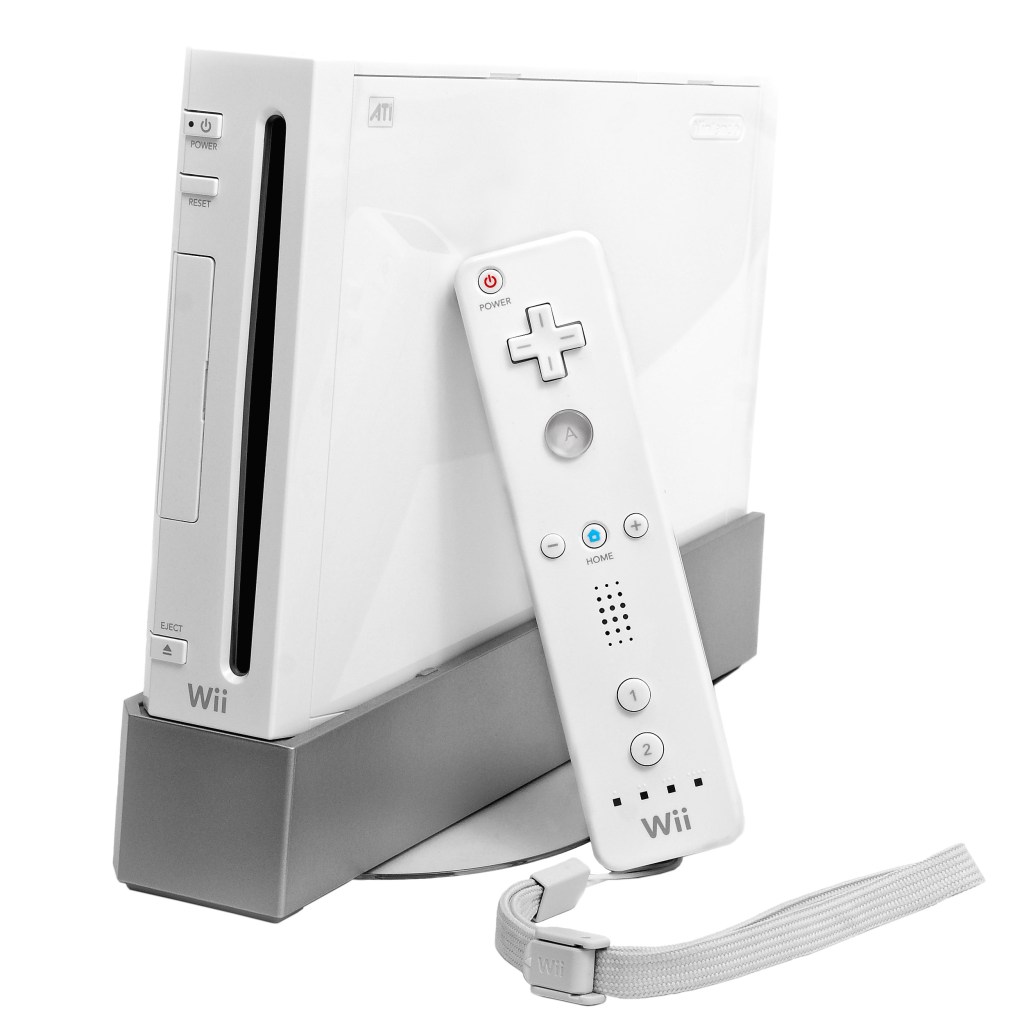
8. Nintendo Wii
There are times when it feels like the Nintendo Wii was a fever dream. Remember when we were playing motion controlled bowling with our grandmas as we both marveled at the realization that we were indeed in the future? What a wonderfully weird few years that was.
That’s the thing about the Nintendo Wii. No, it’s motion controls weren’t always the best in retrospect, and yes, many of its games were sometimes too dependent on those controls, but the fact of the matter is that it’s hard to replace the memories that the Nintendo Wii gave us.
You don’t need to put your rose tinted glasses on too tightly to look back fondly on the Nintendo Wii, but the console does start to fall apart just a bit the more critically you look at it.
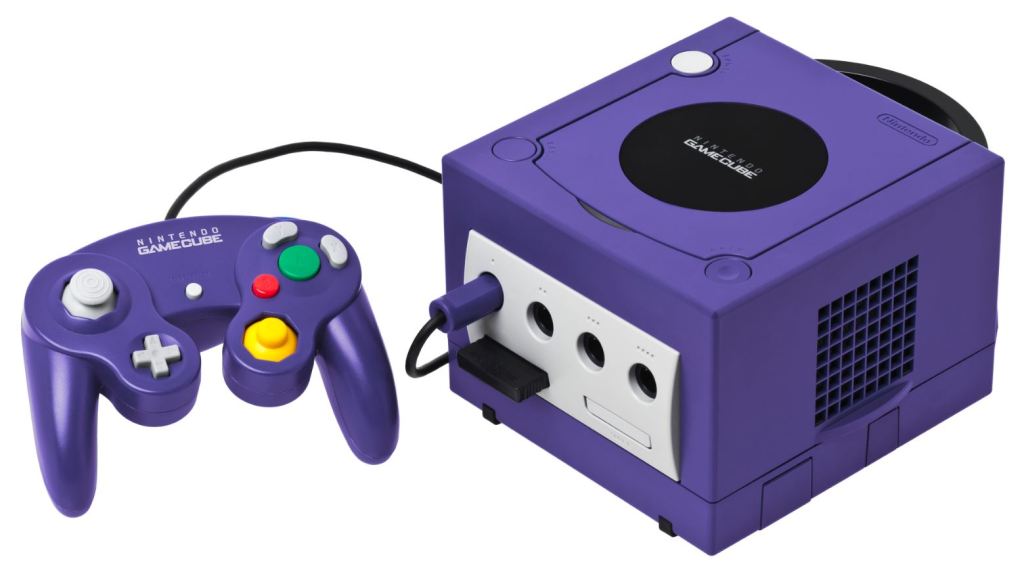
7. Nintendo GameCube
You know, we can actually save a little time talking about the GameCube’s failures as we previously took an extensive look at the console’s shortcomings in an article focused on how the GameCube made Nintendo a little cynical. Check it out if you want to be reminded of the many ways this was not a perfect console.
Then there’s the other side of the GameCube argument, which largely focuses on the fact that the GameCube’s library features one of the best collections of exclusive titles in gaming history. I mean, this is the console that gave us both Resident Evil 4 and Animal Crossing. This is the console that brilliantly reimagined the Metroid franchise and proved that Super Smash Bros. was so much more than a gimmick.
The GameCube’s shortcomings have always been easy to focus on simply because it’s hard not to imagine what this console could have been if just a couple of the more obvious flaws had been addressed.
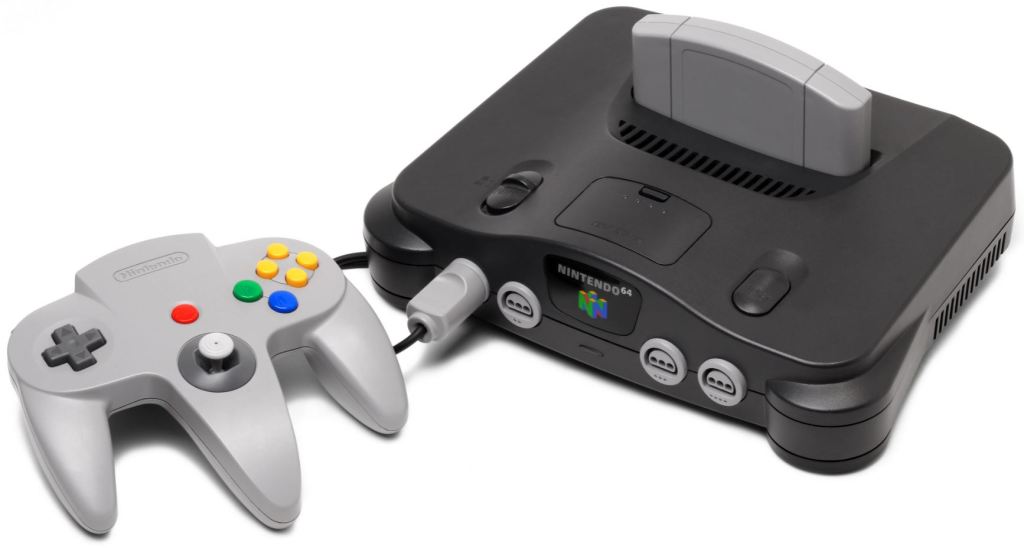
6. Nintendo 64
If you put the PlayStation’s best 100 games next to the N64’s best 100 games, the PlayStation would probably look like the better console. If you stack the PlayStation’s top 10 games against the N64’s top 10 games, though, then the conversation becomes much more complicated.
That’s the thing about the N64. While it reminds us of a generation when Nintendo started to lose some of their third-party support, that’s hard to focus on for too long when you realize that the N64’s best games were essential parts of their era. Can you imagine a world without Super Mario 64 and Ocarina of Time or going through the ‘90s without experiencing a proper GoldenEye 007 all-nighter?
Actually, in retrospect, the thing that puts the N64 over-the-top from a historical perspective is its status as arguably the best local multiplayer console ever. The industry changed shortly thereafter, and it’s always been a shame that more modern developers don’t recognize what makes the local multiplayer experience so much more than the predecessor to online play. If it weren’t for the console’s controller and a few missing/weird features, this one could rank even higher.
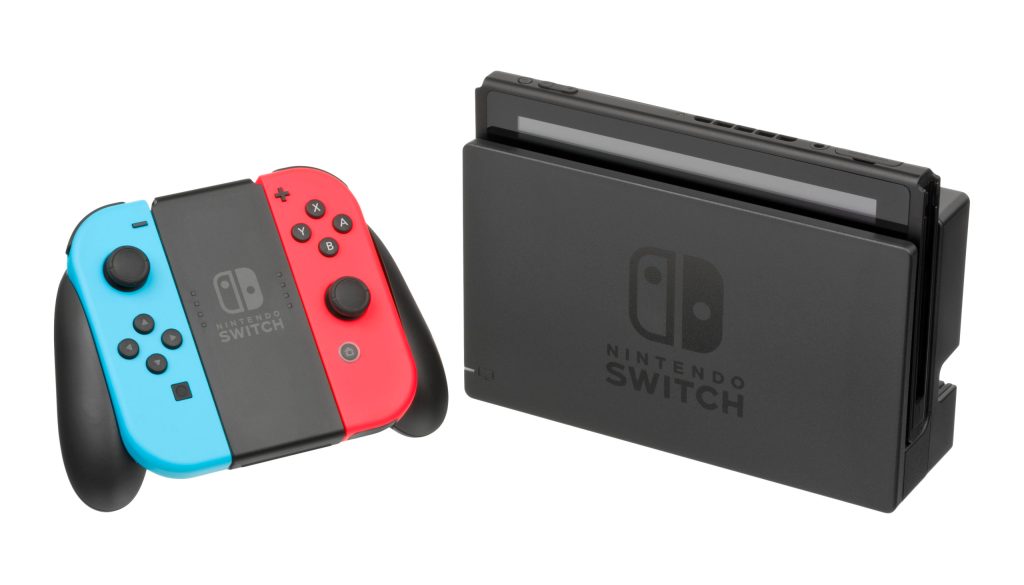
5. Nintendo Switch
It’s tempting to just leave the Nintendo Switch off this list for the simple fact that the console’s story is far from done. Yet, it’s a testament to the Switch’s run so far that it could pretty much fall flat on its face from here on out and still arguably rank relatively high on this list.
The thing about the Nintendo Switch’s gimmick is that it’s not really a gimmick. Instead, Nintendo simply recognized that the time had finally come to merge handheld and console gaming in a way that we used to only dream about. While the Switch’s portability is obviously one of its best features, what makes the console work is the fact that you could leave it plugged into your TV until the end of time and never feel like you’re somehow missing out on the way you “should be” using the device.
It’s honestly hard to imagine how Nintendo ever releases another console that doesn’t at least somewhat emulate the Switch’s design. Oh, and it certainly doesn’t hurt that the Switch’s library has been largely stellar so far.
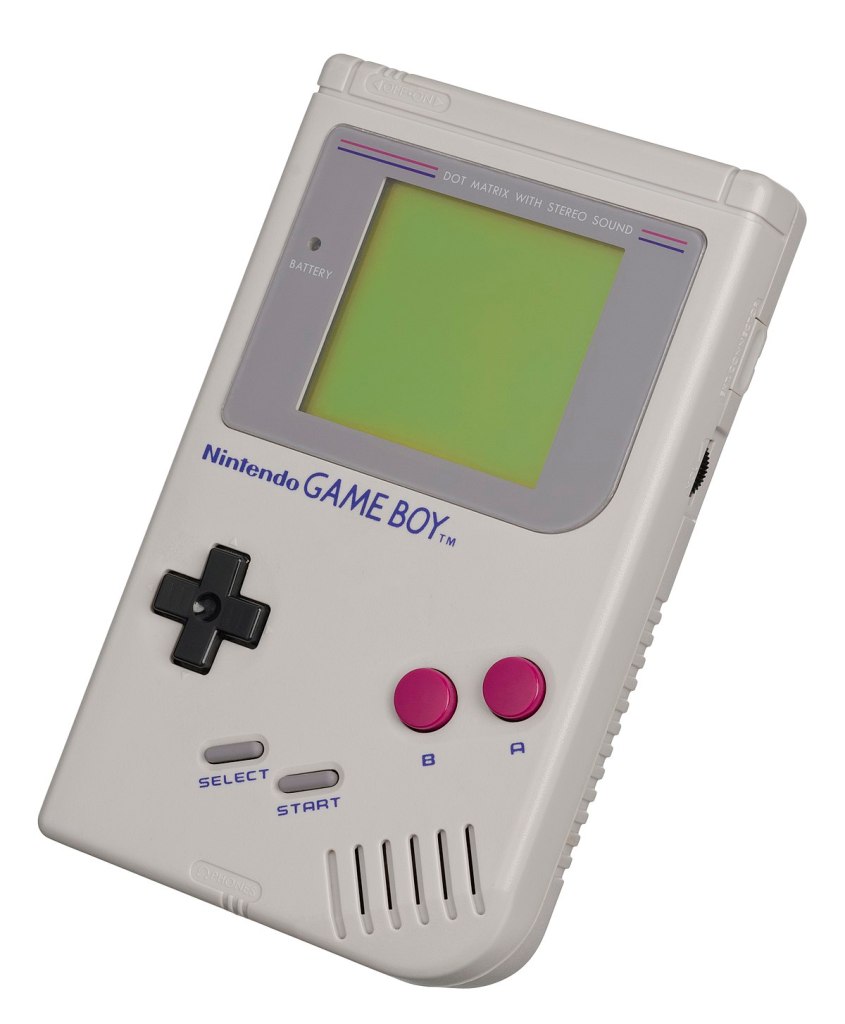
4. Nintendo Game Boy
It’s easy enough to forget just how bad most handheld gaming consoles released before the Game Boy were and, for that matter, how bad many of the handheld gaming consoles that followed the Game Boy ended up being. We’ve often been willing to settle for less to play games on the go, but the Game Boy truly spoiled us.
Years later, it’s clear that the “secret” to the Game Boy’s success was the way Nintendo set a clear precedent that portable games would no longer just be lesser console games. The Game Boy occasionally dove into those waters, but many of the device’s best games felt like the kind of titles that wouldn’t have found a home on any other platform despite clearly being worthwhile (often great) experiences.
At a time when so many people still play games on mobile devices that too often boil titles down to their simplest forms, the ambitious Game Boy is more impressive than ever.

3. Nintendo DS
The Nintendo DS is another one of those Nintendo devices that can justify its high ranking on the basis of its library alone, but the thing that I don’t think gets talked about enough when we’re discussing the legacy of the DS are its touch screen features.
At a time when the idea of touch screen gaming felt closer to a novelty, the DS treated the concept with a sense of joy that perfectly captured the thrill many of us felt when we realized that were able to control games in such a futuristic way. We said something similar about the Wii, but years later, there are DS games that make better use of touch controls than even modern smartphone titles.
The DS could have “just” been another Game Boy, and it would likely still be fondly remembered. What elevates it are the ways that it so perfectly showcases the benefits of Nintendo’s outside the box thinking.
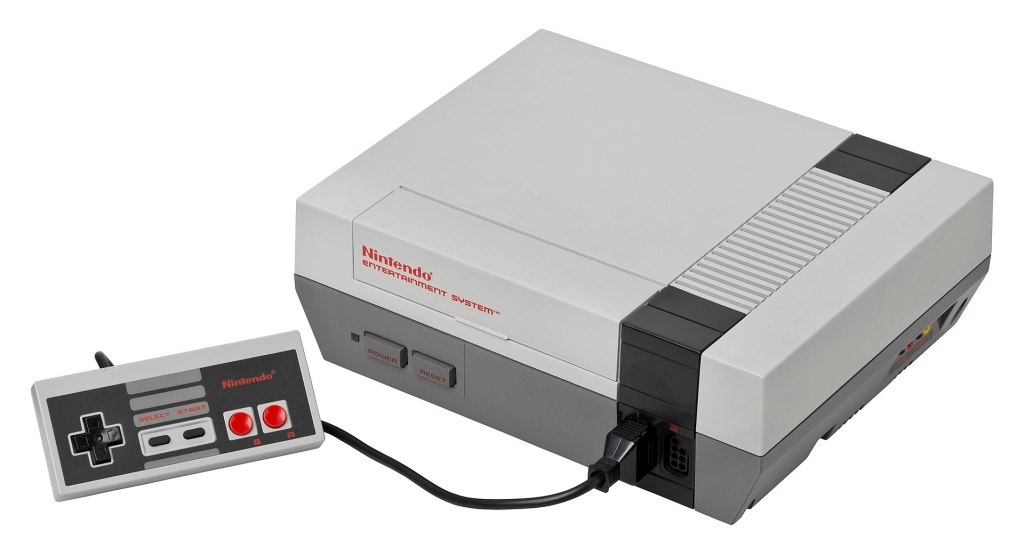
2. Nintendo Entertainment System
You know, I’m pretty sure that everyone I knew who owned an NES eventually saw the console “fail” at some point. From broken loading trays to dusty cartridges, the NES may have been one of Nintendo’s least reliable consoles from a hardware perspective.
Like the old sports car that breaks down so often that you learn to love fixing it, though, the memories the NES gave a generation of gamers were certainly worth the trouble. Yes, the NES’ library is impressive, but what’s really impressive is how so many NES games are still playable to this day. Some of them are still seen as the gold standard in their particular genres.
You can debate which console was the best in any given generation, but it’s hard to imagine being a young gamer of a certain era and not having an NES in the house.
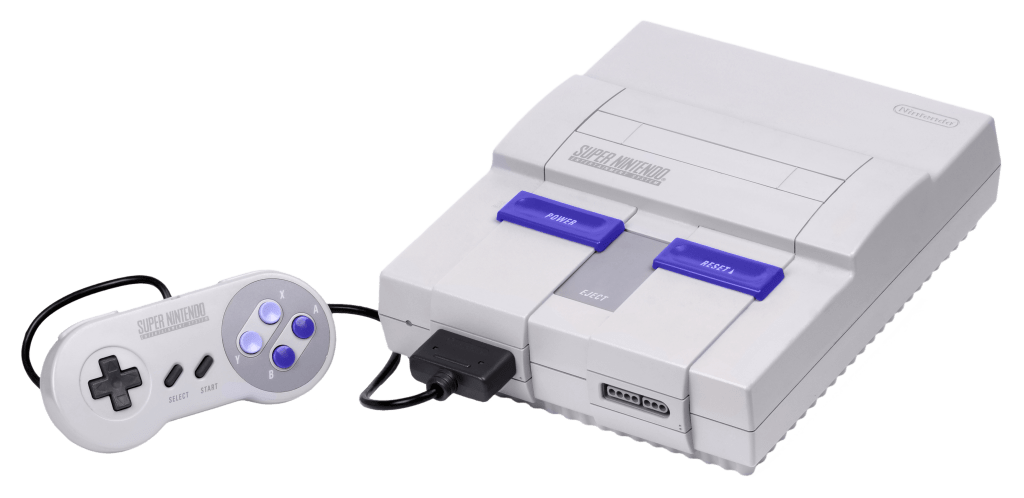
1. Super Nintendo Entertainment System
Incredibly, there was a time when parents everywhere were convinced that the Super Nintendo was some kind of scam. After all, we already owned a Nintendo. Why would they ever spend a couple hundred dollars on another one?
Kids everywhere quickly figured out the answer to that question. Unlike other console follow-ups from previous generations that offered diminishing returns in order to score quick bucks, Nintendo built the SNES to prove to all the doubters that this really was the future of gaming and that the SNES was going open doors that many of us never even knew were there.
As you’ve probably already guessed, though, the SNES spot at the top of this list was secured by the quality of the console’s games. With help from some of the greatest studios ever working at the top of their games (as well as more than a few notable contributions of their own design), Nintendo assembled a library of SNES classics that may never be topped in terms of quality, innovations, and diversity. This is truly the best Nintendo console ever.

